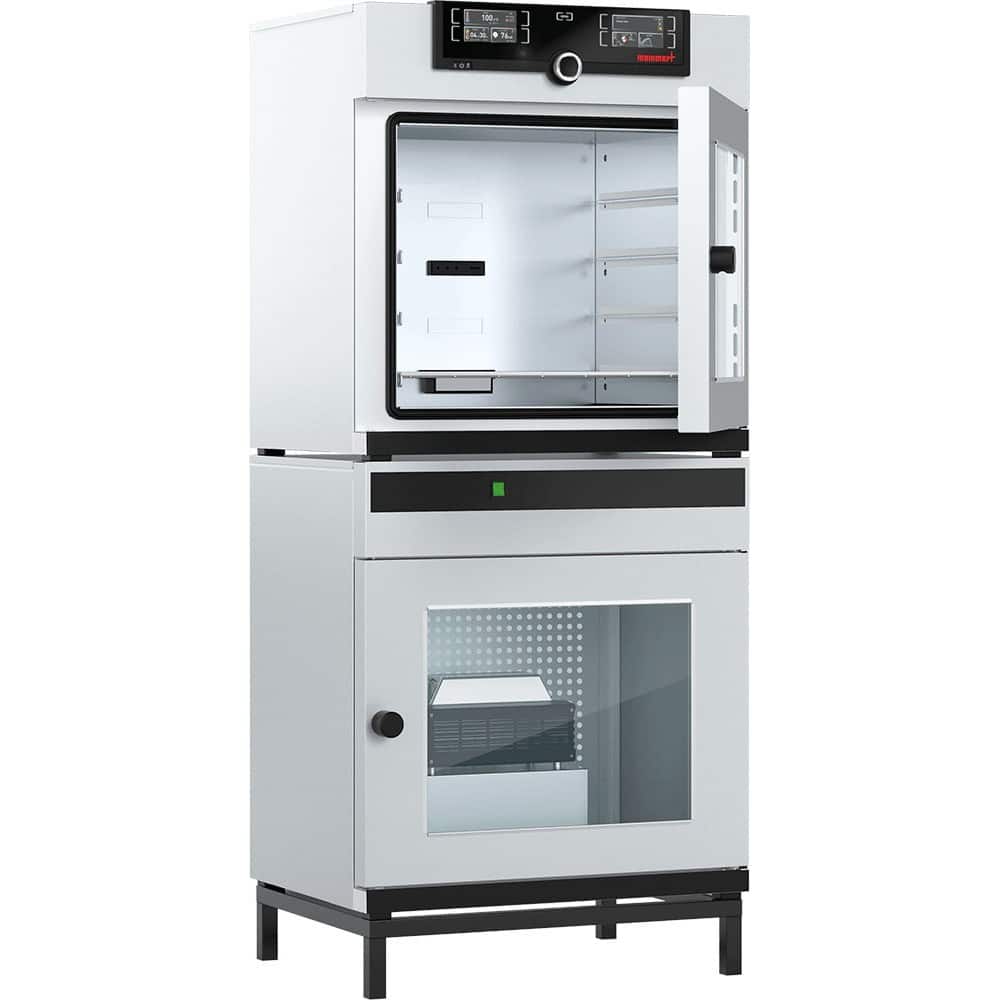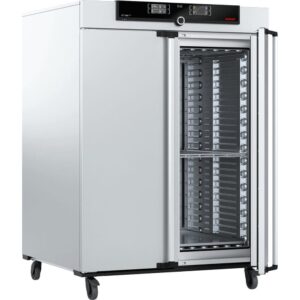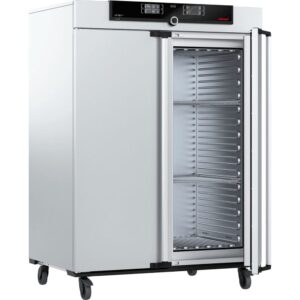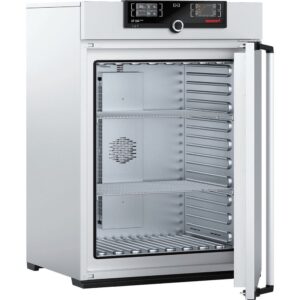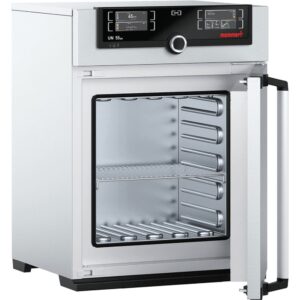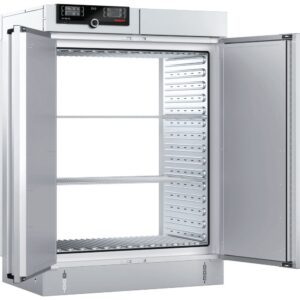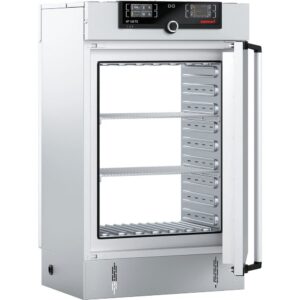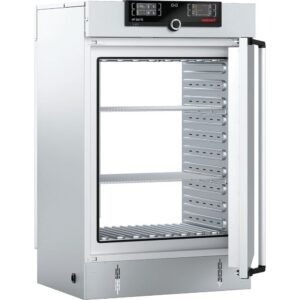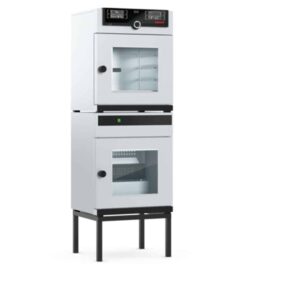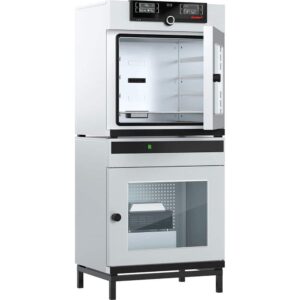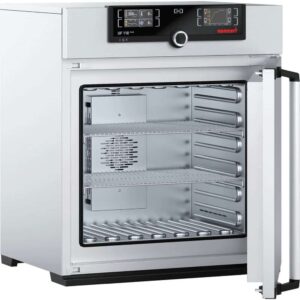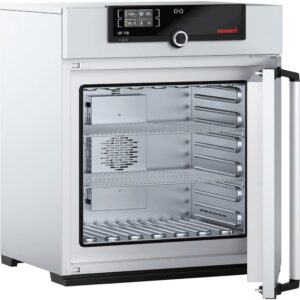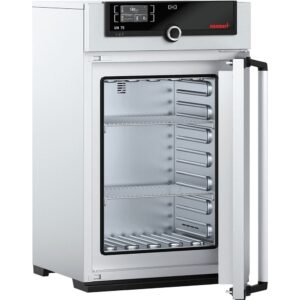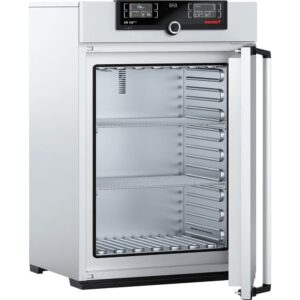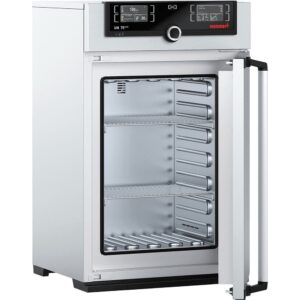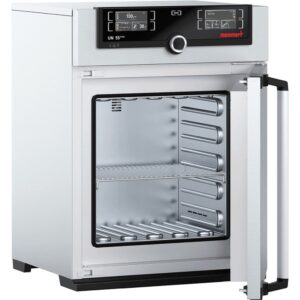Laboratory Ovens for Research, Production & Controlled Thermal Processing
ARES Scientific offers a complete range of
laboratory ovens engineered for precision heating, drying, curing, sterilizing, baking, thermal conditioning, and materials testing. From
general-purpose ovens for everyday lab workflows to
vacuum ovens,
paraffin ovens, and
pass-through ovens for cleanroom applications, our product categories support research environments, medical facilities, industrial labs, and high-compliance sectors.
Each oven series is built for controlled temperature performance, uniform heating, reliability, and safety — with features such as microprocessor controls, forced-air circulation, inert gas purging, stainless steel chambers, programmable timers, vacuum-compatible configurations, and ISO/GMP-ready documentation. Whether you're heat-treating materials, processing tissue samples, drying glassware, evacuating solvents, or transferring components between controlled environments, ARES provides lab ovens designed for repeatable, compliant thermal processes.
We help labs, production teams, histology cores, and QC departments select the right oven model by temperature range, airflow style, chamber size, pressure environment, and regulatory requirement. Browse the categories below to explore the full lineup — from benchtop ovens to high-capacity units, and from standard drying ovens to specialized vacuum and pass-through systems.
Explore Laboratory Oven Categories
Choosing the Right Laboratory Oven
- Temperature Range: Verify operating and maximum temperatures based on application (e.g. +80 °C for paraffin, +250 °C for drying, +300 °C+ for curing).
- Airflow Style: Natural convection for gentle heating or forced-air for faster drying and uniform temperature.
- Pressure Mode: Standard atmospheric ovens vs vacuum ovens for delicate or solvent-laden samples.
- Chamber Size: Compact benchtop units up to large-format, high-capacity industrial ovens.
- Regulatory Requirements: Look for ovens supporting GLP, GMP, ISO, CAP, CLIA or clean-process workflows.
Frequently Asked Questions About Laboratory Ovens
What is a laboratory oven used for?
Laboratory ovens provide controlled heating for drying, curing, baking, thermal conditioning, sterilizing, wax embedding, sample preparation, and materials testing. Different oven types support different workflows, including paraffin processing, vacuum drying, and cleanroom pass-through heating.
What temperature ranges do lab ovens support?
Most laboratory ovens operate anywhere from ambient +5 °C up to +300 °C or higher. Paraffin ovens typically operate from +30 °C to +80 °C, while some specialized ovens exceed +350 °C for industrial curing or heat treatment.
What’s the difference between a general-purpose oven and a vacuum oven?
A general-purpose oven heats samples under atmospheric conditions using convection or forced air. A vacuum oven applies reduced pressure, which allows solvents to evaporate at lower temperatures, protecting heat-sensitive materials — ideal for chemistry, pharma & materials science.
Do I need a pass-through oven?
Pass-through ovens allow material movement between zones (such as grey rooms and cleanrooms) without violating environmental integrity. They are commonly used in pharmaceutical, semiconductor, and sterile processing environments.
Can these ovens be used in regulated or accredited labs?
Yes. Many of our ovens feature calibration support, validation options, process documentation, alarms, and compliant construction suitable for GLP, GMP, FDA, CAP, and ISO environments.

